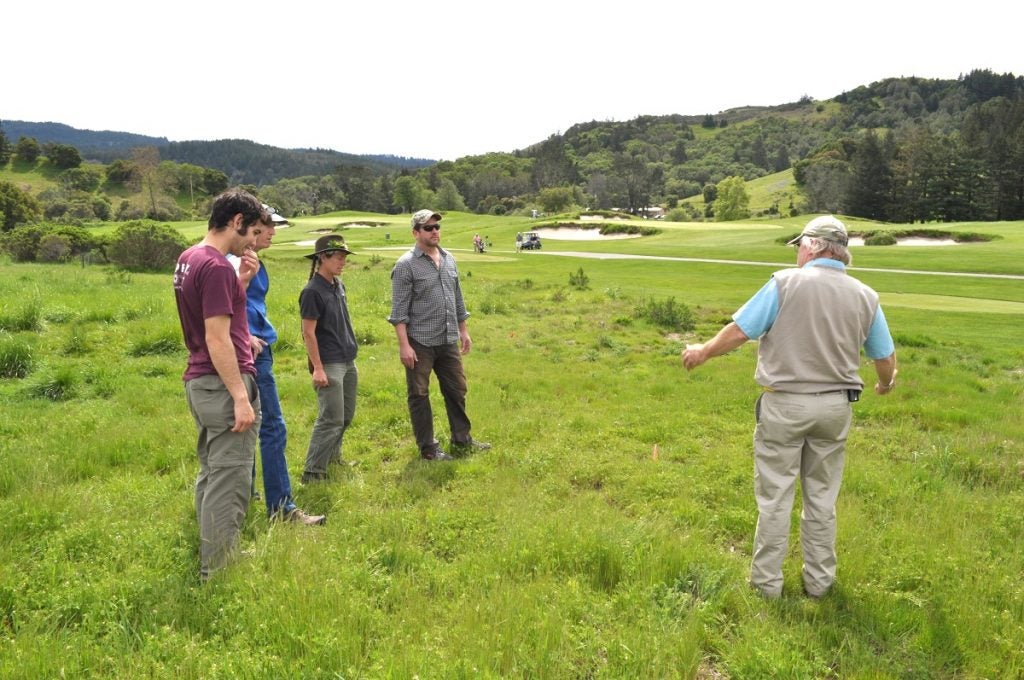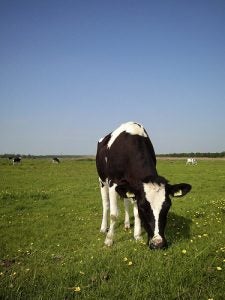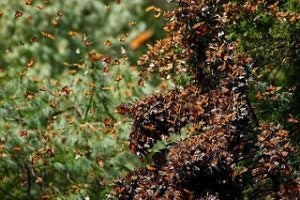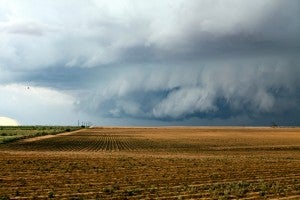Meadow Club in northern California is among the first golf courses to participate in a program engaging the golf community in conservation efforts for the beloved monarch butterfly.

Environmental Defense Fund and Audubon International staff visit the Meadow Club to see habitat restoration efforts underway on the course.
Monarchs in the Rough launched in January 2018 and has since enrolled more than 250 courses committed to planting milkweed and wildflower habitat, which the monarch needs to breed and feed.
The population of monarch butterflies has declined by more than 90 percent in the last two decades, and other pollinators have declined at similarly alarming rates. To change this trajectory, staff from Environmental Defense Fund and Audubon International decided to team up with a seemingly unlikely ally – golf courses.
Occupying approximately 2.5 million acres in the U.S. alone, golf courses are an untapped potential for habitat restoration, if managed appropriately. That’s where Monarchs in the Rough comes in, offering scientific expertise and technical support to help golf course superintendents and personnel grow habitat in out-of-play areas.

MonarchsintheRough.org provides an interactive map of participating courses and case studies highlighting restoration efforts.
But many golf course staff, including those at Meadow Club, are already well equipped with knowledge and experience from previous conservation efforts, and can offer lessons learned for other golf courses and individuals looking for milkweed planting tips. Read More













